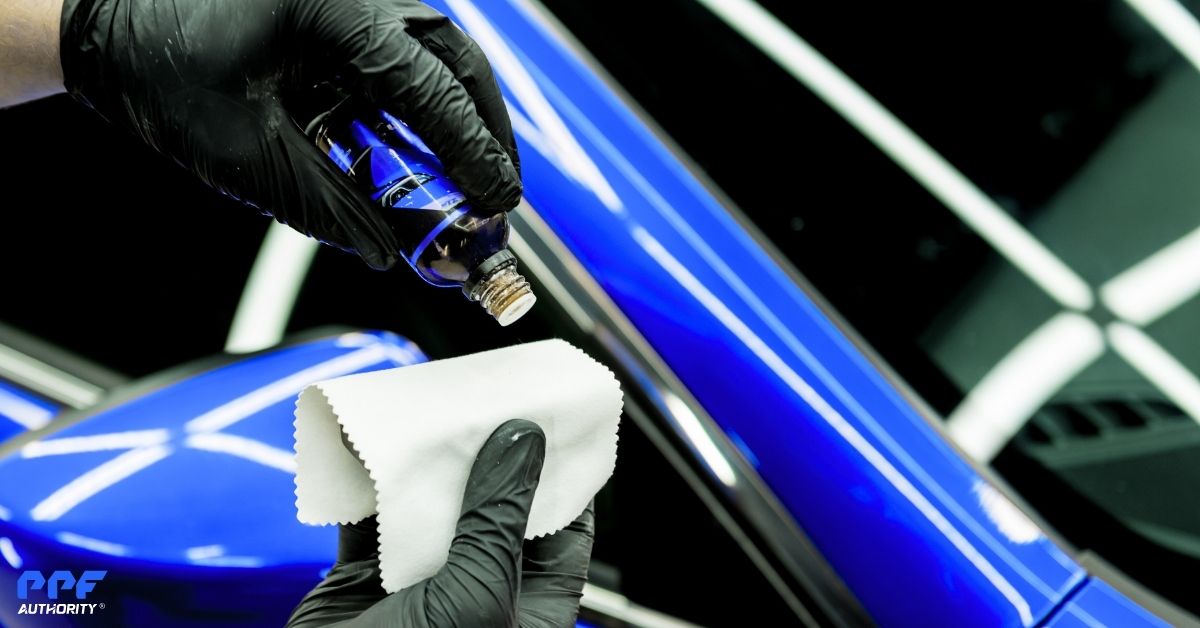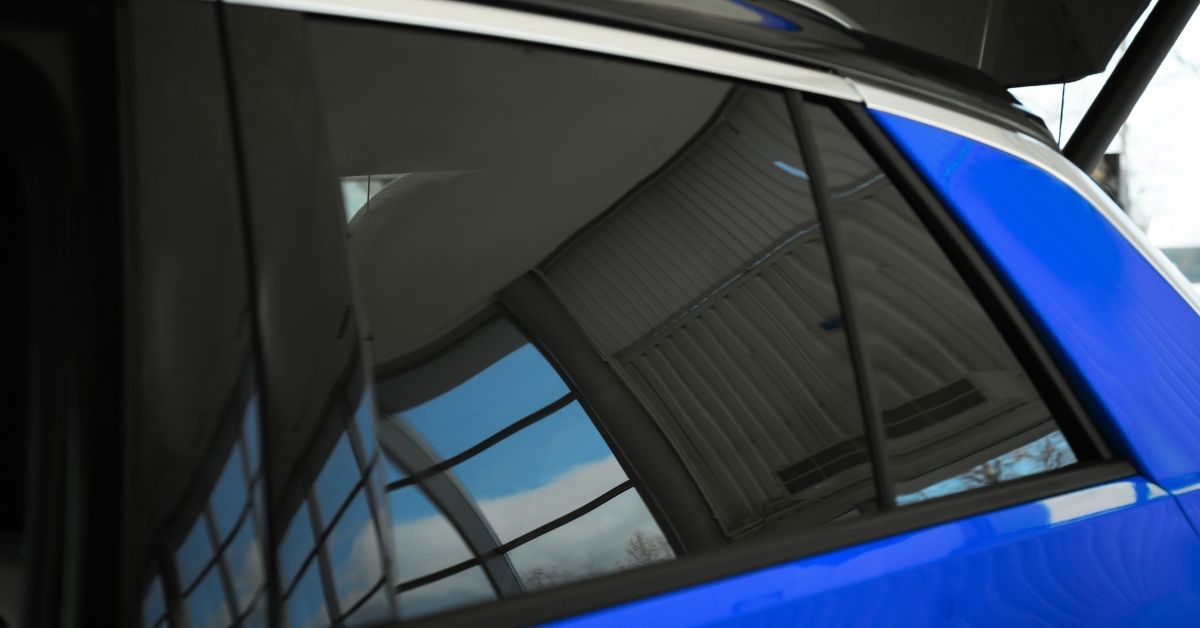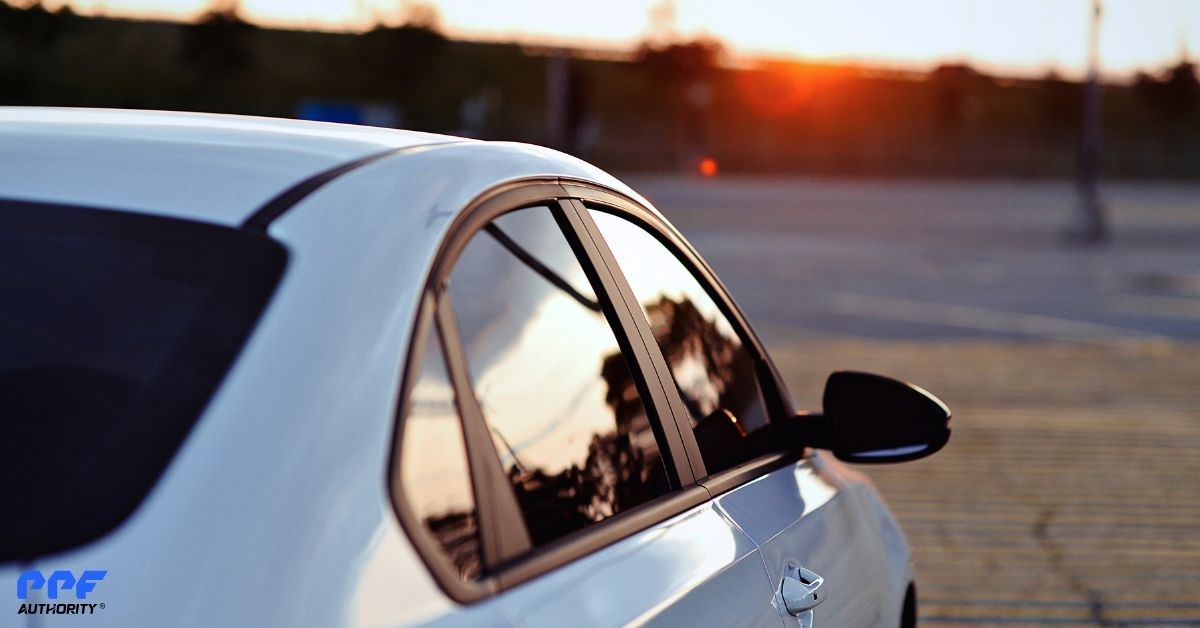What Is Color PPF?
Color Paint Protection Film (PPF) is a game-changing solution that combines aesthetic customization with unmatched durability. Unlike clear PPF, color PPF comes in various vibrant colors and finishes, including gloss, matte, satin, and metallic.
While color PPF rolls are available in single colors, you can achieve a multi-colored look by layering a primary color with secondary accents or flares. This allows you to protect your vehicle’s paint while creating a unique, head-turning design.
Why Choose Multiple Colors for Your PPF Wrap?
1. Stand Out with Custom Designs
Combining two or more colors allows you to create bold designs and accents, giving your car a one-of-a-kind appearance.
2. Add Depth and Dimension
Using contrasting or complementary colors enhances the vehicle’s lines and contours, making its design more dynamic and visually appealing.
3. Highlight Key Features
Accent colors can draw attention to specific areas, such as the hood, roof, mirrors, or spoilers, adding a sporty or luxurious touch.
4. Temporary and Reversible
Unlike custom paint jobs, color PPF can be removed or replaced without damaging the factory paint. This makes it ideal for experimenting with designs or updating your car’s look over time.
Popular Applications for Multi-Color PPF Wraps
1. Two-Tone Designs
A two-tone design involves wrapping the majority of the car in a primary color while using a secondary color for accents.
Example Designs:
- Roof Contrast: Bold gloss red or blue body with matte black or satin gray roof.
- Hood and Mirrors: Contrasting color on hood and side mirrors for a sporty look.
- Rear Accent: Different color for rear bumper or trunk to create a striking contrast.
Best For:
- Drivers who want to highlight specific areas.
- Vehicles with dramatic body lines that benefit from visual separation.
2. Racing Stripes and Patterns
Racing stripes or geometric patterns are an excellent way to incorporate a secondary color.
Example Designs:
- Hood Stripes: Add racing stripes down the center of the hood in a contrasting color.
- Side Panels: Use bold geometric shapes or diagonal stripes along the doors or fenders.
Best For:
- Sports cars or performance vehicles.
- Drivers who want a bold, attention-grabbing aesthetic.
3. Accent Pieces
Subtle touches of a secondary color applied to small areas of the vehicle.
Example Applications:
- Side Mirrors and Door Handles: Wrap these components in a different finish.
- Spoilers and Splitters: Use a secondary color for aerodynamic add-ons.
Best For:
- Luxury vehicles or daily drivers who prefer understated customization.
4. Gradient or Fade Effects
While PPF rolls don’t come in gradients, you can achieve a fade effect by carefully combining two colors.
Example Designs:
- Black to Blue Fade: Transition from one color to another.
- Complementary Colors: Smooth visually appealing fades.
Best For:
- Show cars or creative drivers looking for a futuristic, artistic design.
Tips for Using Multiple Colors with Color PPF
1. Plan Your Design Carefully
Work with a professional installer to map out where each color will go.
2. Use Contrasting Finishes
Mixing different finishes adds depth and texture.
- Example: Matte roof + gloss body.
3. Highlight High-Impact Areas
Focus on areas like:
- Hood and front bumper
- Side mirrors and roof
- Rear spoiler and fenders
4. Stick to Two or Three Colors
Too many colors can make the design look cluttered.
5. Opt for Professional Installation
Using multiple colors requires precision for clean transitions and alignment.
Benefits of Multi-Color PPF Designs
1. Protection Meets Style
Color PPF protects your car’s paint while allowing for creative customization.
2. Removability and Flexibility
PPF is removable, allowing you to change designs whenever you want.
3. Cost-Effective Customization
A multi-color PPF wrap is more affordable than a custom paint job.
Examples of Multi-Color PPF Projects
Sporty Design:
- Primary Color: Gloss Red
- Secondary Color: Matte Black (Roof, Hood Stripes, Side Mirrors)
Luxury Aesthetic:
- Primary Color: Satin Pearl White
- Secondary Color: Metallic Gray (Door Handles, Rear Accents)
Bold Contrast:
- Primary Color: Matte Black
- Secondary Color: Gloss Yellow (Fenders, Rear Bumper)
Conclusion
Using multiple colors of color PPF is an exciting way to personalize your vehicle while maintaining its original paint. Whether you opt for a two-tone design, bold racing stripes, or subtle accents, the possibilities are endless.
For flawless execution and long-lasting results, consult a professional installer. Color PPF gives you the freedom to experiment with designs, finishes, and accents, making your car truly one of a kind!



